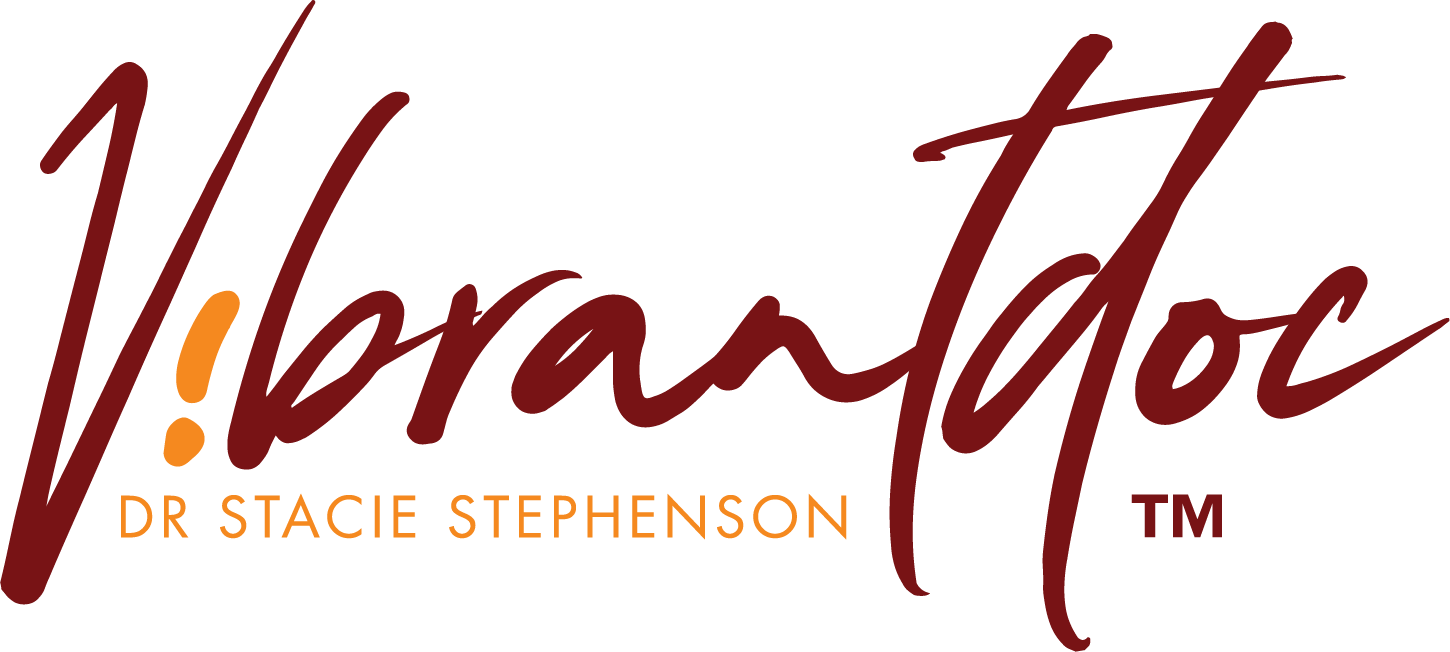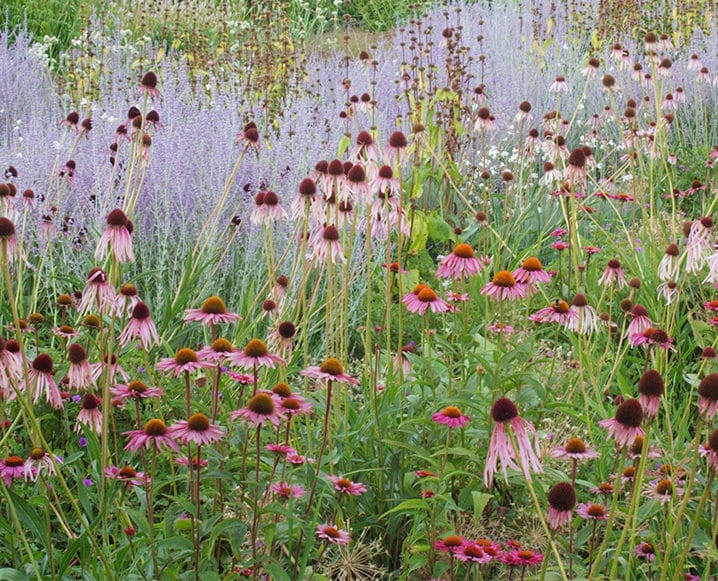This spring has stirred many thoughts and some have been those of simple self-reliance. While home gardening has already grown in popularity over the last few years for a million reasons, the idea of cultivating an edible garden at home now has never been more appealing. Add to that the value of a few simple easy to grow medicinal flowers and you’re got a full-blown hobby on your hands.
Dr. Stacie J. Stephenson is a functional medicine doctor and lecturer focused on integrative, regenerative, anti-aging, and natural medicine modalities. Below she shares a few insights for growing flowers with medicinal qualities at home — an idea that appealed to us for the aesthetics, as much as the functionality…
As the suggestion of spring shows up in the gradually warming days, I’ve been dreaming about planting a garden. I’m no experienced gardener, but I’ve been eyeing seed racks and garden catalogues, with visions of harvesting my own bounty of vegetables. On the other hand, I know how busy I am. Are my garden dreams totally unrealistic?
I was pondering this question just the other day while taking my herbal supplements, and it occurred to me: What about a medicinal flower garden? I could plant one on the property, or even in pots on the patio. As a functional medicine expert, I’m a big fan of herbal medicine. Herbs are nature’s remedies. They support the body’s natural healing processes, but tend to be much gentler, with few if any side effects, compared to pharmaceutical medicines. I also love them for prevention because they can boost immunity to help fight viruses and infections, reduce inflammation, ease pain, clear the mind, soothe the skin, and increase energy.
Most medicinal flowers are easy to grow and take very little maintenance, and they have the added benefit of beauty and color, which I can’t resist. That color is about more than just beauty, though—flowers contain, among other substances, flavonoids, which are anti-oxidant, anti-inflammatory, and anti-bacterial compounds that give flowers their bright colors.
With all herbs, there are a few cautions. Not all herbs are safe, but the flowers I recommend tend to be harmless for most. However, if you have severe pollen allergies, especially to ragweed or other flowers, you should probably avoid these medicinal flowers. Never use herbs that have been exposed to pesticides or other garden chemicals. Out of an abundance of caution, avoid herbal medicines if you are pregnant or nursing, unless you are under the direct care of a professional herbalist. Herbal teas should generally not be used regularly for longer than a month. Switch which herbs you are using regularly, for best effect. And finally, of course, never use herbal medicine as a substitute for medical care.
Easy To Grow Medicinal Flower Garden
Otherwise, if you like the idea of a medicinal flower garden as much as I do, consider these five easy-grow garden flowers that also happen to have active health-boosting properties:
Echinacea, aka Purple Coneflower (Echinacea purpurea is the most common, but Echinacea angustifolia has even more potent medicinal properties): This pretty purple flower looks like a modest daisy with its bent-back petals. Beautiful in any garden, it’s also a go-to immune booster that can help head off or shorten the length of viral infections like the common cold and the flu. It’s a hardy plant that can grow in many environments, as long as it gets lots of sun. All parts of the echinacea flower are medicinal—flowers, leaves, seeds, and even the roots, which are thought to have the strongest therapeutic properties. I suggest drying echinacea so you can use during the winter, at the peak of cold-and-flu season.
Chamomile (Chamaemelum nobile or Matricaria recutita): You’ve probably heard about the relaxing properties of chamomile tea, but you may not know that this cheerful white and yellow daisy-like flower is also easy to grow and takes very little maintenance. It does best in partial shade in a cooler area of the garden. It doesn’t need a lot of water and it has the added benefit of deterring garden-damaging insects and fungus. Chamomile tea has been shown in some studies to reduce inflammation, menstrual cramps, and anxiety. It has also demonstrated some hormone-balancing properties because it seems to have an anti-estrogen effect. The flowers are the potent part of the chamomile plant. When they are in bloom, pluck them off. I like this tea before bed, or whenever I am feeling anxious.
Blue Cornflower (Centaurea cyanus): Periwinkle-blue cornflowers add color and a rustic, country feel to flower gardens. They are sturdy and grow like weeds, preferring full sun. Cornflowers can be an effective aid to constipation, water retention, congestion, and may even help to bring down a fever. There are other colors of cornflowers, but the blue ones are therapeutic ones. You can throw cornflower blooms into the bathtub to help soothe irritated skin, or make tea, which you can drink or use as a compress for relieving eye irritation and strain—cornflower is especially known for its ability to soothe the eyes.
English Lavender (Lavandula angustifolia): This beautiful purple flower grows easily in well-drained soil in full sun, as long as it doesn’t get too wet. It attracts butterflies and the scent will make you feel like you’re in Provence. You can use the leaves in cooking, but the flowers are the medicinal parts. Lavender has anti-inflammatory and anti-bacterial properties. Topically, it can treat bites, burns, and skin irritation. As a tea, it has been shown to ease anxiety and promote sound sleep. The fresh flowers can add soothing oils to your bathwater, or put dried flowers in a sachet and tuck it into clothing drawers or linen closets—or even under your pillow. I like lavender best for its tea, which is famous for improving sleep quality. Lavender isn’t generally used as a supplement in the U.S., but its extract is approved for treating anxiety and sleep problems in Europe (where it is called Lasea). Why not get those benefits, too, from your own backyard?
Bee Balm (Monarda didyma or Monarda fistulosa): This scarlet beauty attracts bees, butterflies, and hummingbirds. It’s easy to grow and spreads readily. The scarlet variety is the medicinal type, related to the similarly medicinal wild bergamot. Bee balm smells like Earl Grey tea (which is made with bergamot) and both the leaves and flowers make a delicious tea. Bee balm tea is calming and relaxing–it was traditionally used by Native Americans as a nerve tonic. It can also help with digestion, bloating, nausea, and other stomach issues. Added to the bathtub or to ointments, it promotes wound healing and can soothe cold sores and eczema. Bee balm is often mixed with lemon balm to make tea—they have similar properties.
Medicinal flowers can be used fresh or dried. To dry them, harvest the blooms (and as relevant, the leaves, seeds, and roots) and hang them or spread them out on a tray. Let them dry in a dark, cool area for a couple of weeks. Or, dry them in a dehydrator on low for 12 to 18 hours. Store them in glass jars.
For tea, use about a tablespoon of fresh or a teaspoon of dried flowers per cup of tea, using a tea ball for individual cups, or a teapot to make 4 to 6 cups. Steep for five to 15 minutes, then sip and enjoy. Some medicinal flowers taste sweet and some are more bitter—if you don’t like bitter tea, you can add a bit of raw honey to your cup.
Will I plant a vegetable garden this year? Maybe I will and maybe I won’t, but a medicinal flower garden seems more realistic for me, considering my schedule (and preference for herbal medicine). It’s a win-win-win: The healing power of nature, the beauty of flowers, and the least amount of effort.


